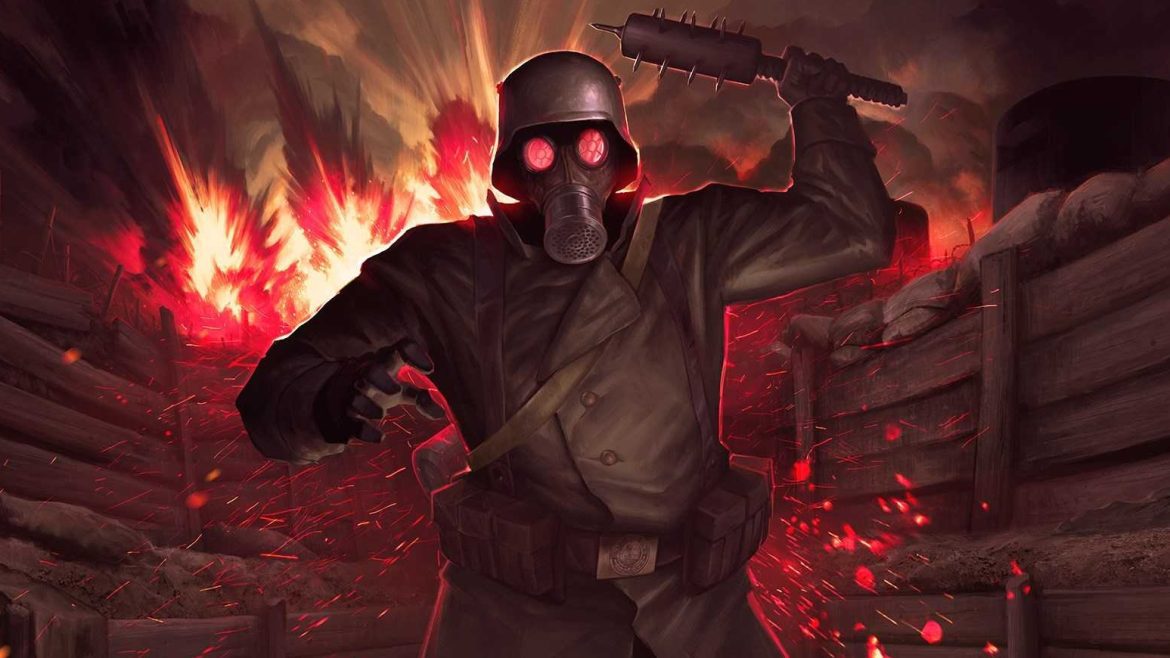Conscript – Despite the lack of production resources, indie games (games made by independent developers) often bring surprises to gamers, mainly because the game team does not have to try to “follow the trend” according to market pressure to achieve certain revenue, but is free to create according to their own preferences.
That’s why many indie games have unique ideas and gameplay, with many successful examples such as Minecraft that lets players build a world with rough 3D pixel cubes, Cult of the Lamb turns you into a missionary preaching the devil’s creed to the sheep, or Hades turns players into Hades’s child on his journey of “leaving home to play” to explore hell…
With that same mentality, the writer often participates in indie game events organized by Steam , downloading demos to find games that “suit” his taste. In such an event that took place a few years ago, the writer was extremely impressed with the demo of an indie game called Conscript, because of its unique gameplay and storytelling.
However, after a long time, even some other attractive games released demos at the same time such as Undying – Kingdom were released to the market last year, but it was not until July 24 that this game officially “reached” gamers.
Is an indie game with such a long development time enough to attract gamers? Or will it become too long and become… too bad, which is not uncommon in the gaming world these days?
Let’s learn about the game with MarkGame through the following review, guys!
YOU WILL LIKE
Horror is concentrated in every level!
It must be said that the most surprising thing for the writer when he first “touched” the Conscript demo version in 2021 was that although this game was “famously” developed by Catchweight Studio, it is worth mentioning that this studio only had… one member, Jordan Mochi, in charge of all stages, from coming up with ideas, writing scripts, designing graphics, gameplay and almost all the game’s code for a long time of up to… 7 years!
While there are plenty of successful examples of indie games that were created by a single person, such as the adventure game Forgotten City or the first “next-gen” first-person shooter to be released for the PlayStation 5 or Xbox Series X, Bright Memory: Infinite , there’s no denying that there are limits to what one person can do.
Usually, enthusiasts will start making a game with just a sudden idea, but to “keep the fire” for their passion is another problem, especially with a long development time of up to 7 years, with hundreds of changes compared to the original plan, what Jordan Mochi has done with Conscript is truly amazing!
Just like Stardew Valley “borrowed” ideas from the Story of Seasons series (which was formerly Harvest Moon ), Conscript was deeply influenced by the original Resident Evil games released in the 90s of the last century, but with a completely different setting and presentation.
If you are a die-hard fan of this game series, you will easily feel the similarity from the menu layout, the use of sound effects when starting a new game, the old-fashioned pixelated graphics, to the way of saving the game using a save point attached to a “4-dimensional space” item box that can be connected to anywhere like “Doraemon’s magic bag”, or the “intentionally” locked doors that require you to find the key to gradually open as the plot develops…
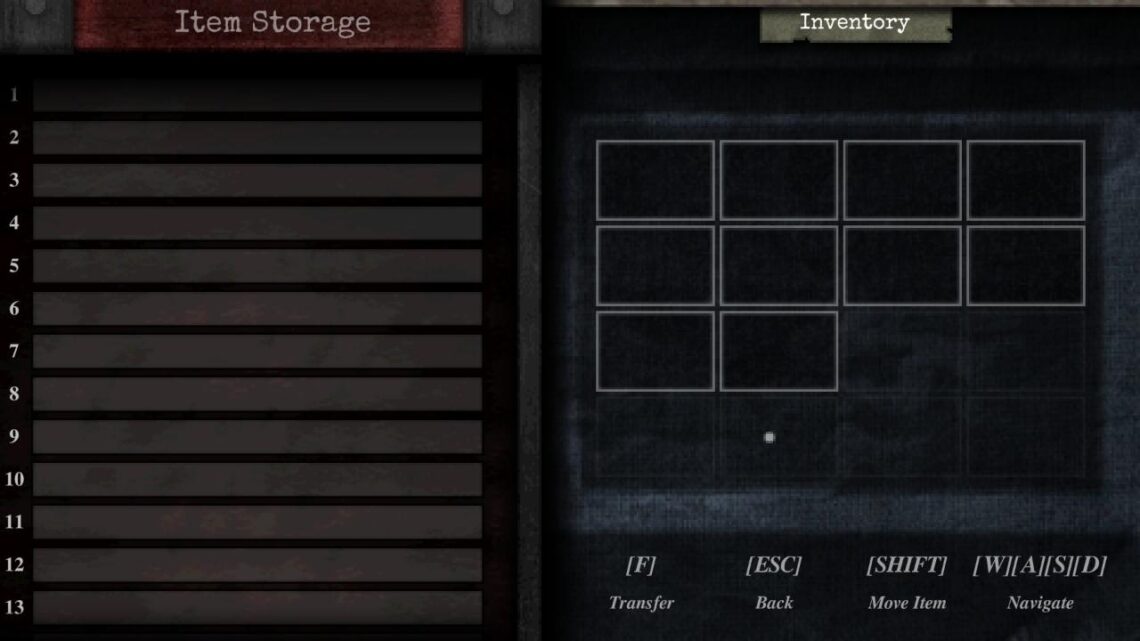
You will even come across a “gun dealer” who sells all kinds of spare parts in exchange for… cigarettes and helps you upgrade your guns and ammunition to make them more powerful, just like the mysterious salesman in the game Resident Evil 4.
At first glance, there are too many similarities, but in reality, you will see that Conscript is not a boring, stereotyped “repetition” game like Day Mare 1998, but it is the result of Jordan Mochi’s dedication when skillfully applying the context of World War I, dark psychological elements, war atmosphere and unique gameplay design with a top-down perspective to create its own “horror quality”.
Unlike Battlefield 1 or Verdun, which have bright tones revolving around battles and heroes in World War I, Conscript, as its name suggests, tells the story of an extremely ordinary French soldier, trapped in the trenches of endless battles, facing mud, blood, gun smoke, lack of ammunition, light and even potential threats from the enemy, creating a dark color, clearly reflecting the pessimistic psychology of the character when he literally struggles to survive throughout the battles.
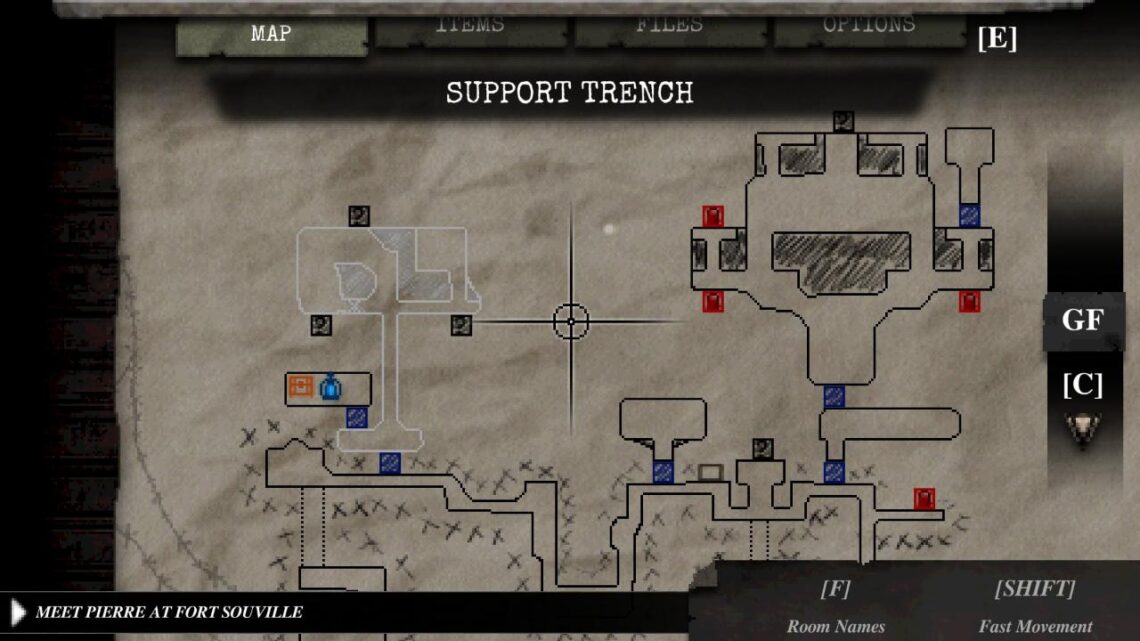
Right from the first level, the whole war seems to immediately fall on you with a feeling of extreme struggle of the character when moving through dark fortresses, with enemy soldiers always ready to jump at you from the shadows of the trenches, while ammunition is lacking among teammates constantly falling in the “rain of bombs, storm of bullets”, creating a oppressive, tense atmosphere, not heroic like the usual shooting games set in this period.
At first glance, there are too many similarities, but in reality, you will see that Conscript is not a boring, stereotyped “rehash” game like Day Mare 1998.
Although portraying war from the perspective of a survival horror game may sound unreasonable, Jordan Mochi has experimented many times in the first few years to be able to smoothly combine story elements, gameplay and graphics to create a real atmosphere of fear and anxiety for players on the journey to find their brother.
Unlike the slow Zombies in the first Resident Evil versions , the enemies in Conscript are both fast and aggressive, leaving you with no way to avoid them other than to fight head-on, giving the game a bit of the “atmosphere” of an action game, but it is also the weakness of weapons, the lack of ammunition and the constant “jump scares” that force the player to face their fear to “survive”, and from there, the action part, although still requiring the player’s quick hands and eyes, is still not too overwhelming as some games encounter.

The plot is also built extremely tightly, interweaving the past and present, creating a clear contrast between the peaceful atmosphere of the French countryside and the fury of war, thereby turning the game into the main character’s endless nightmare.
Each level is tightly constructed, turning the entire game into a “chapter novel” with reasonably designed events and characters. At the same time, the game’s rhythm is also accelerated accordingly near the end of the level, combined with continuous action and the plot is pushed to a climax, and then resolved with a series of events that pressurize the player’s emotions.
Not stopping there, as a student with a strong passion for history, Jordan Mochi collected a large amount of documents during this period to sketch out the most realistic, but also the most brutal game world of the war.
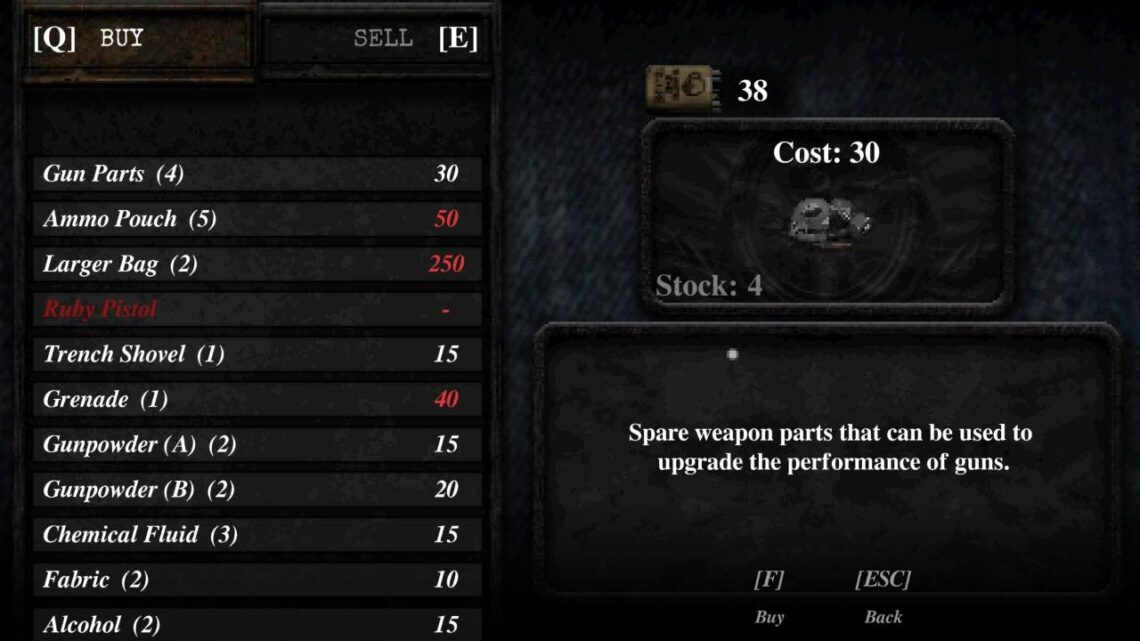
You will encounter colorful and beautiful propaganda posters, encouraging young men to join the army, contrasting with a terrible war with dark and moldy trenches, dry “military” notice boards contrasting with emotional letters from soldiers, family photos, chess games that are never finished… to always remind yourself that, although it is a threat to your survival, it is still a human being.
The humane message hidden in these small details really makes the player’s emotions become more “uncomfortable”, not simply “shooting” at ferocious zombies, or deformed monsters like Pyramid Head, thereby making the game’s emotions much heavier.
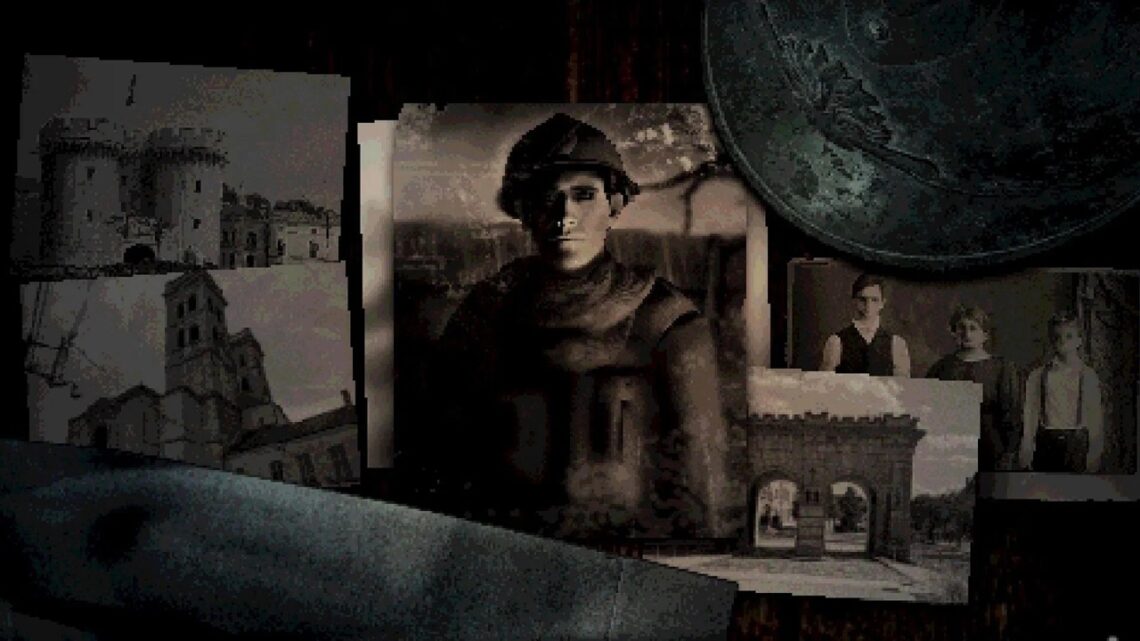
Every detail, no matter how small or trivial, is intentionally designed, similar to what the first versions of the Resident Evil series often showed in diaries, bulletin boards, or archives… to help players easily visualize the severity of what is happening around your character.
This attention to detail really amazes the writer, as it usually requires a huge amount of work in researching materials, designing items, levels, and meticulous arrangement by a large team of game designers and writers, yet all of these elements are completed by just one developer!
Perhaps that’s why the game development process lasted for 7 years, with countless adjustments and care by Jordan Mochi for his “first child”.
In addition, like many adventure role-playing games, Conscript has many different endings depending on your choices. This shows that despite being quite lacking in human resources, Jordan Mochi still tries very hard to bring gamers the deepest storyline, while significantly increasing the replay value of his game.

The game’s visual and audio elements, although not as “splendid” as horror games with “blockbuster” graphics like the recently re-released Dead Space, can still be considered quite “adequate” in expressing the “horror” of the game to the player.
As a game that was “born” from a test version on the Game Maker engine, Conscript’s Pixelate Graphics Platform is a measure to “reduce the load” for the developer, but the way the color tones from dark blue to black are used and the lighting/level arrangement really gives the game a creepy, dark feeling.
Especially the pre-made animated cutscenes describing the events that happen are quite carefully crafted and diverse, bringing unexpected scares in the true style of a horror game.
Although this method is somewhat old-fashioned, the results are extremely impressive, especially with a 2D game platform that is not capable of giving players the feeling of being immersed in the space of the game world, like with regular 3D games.
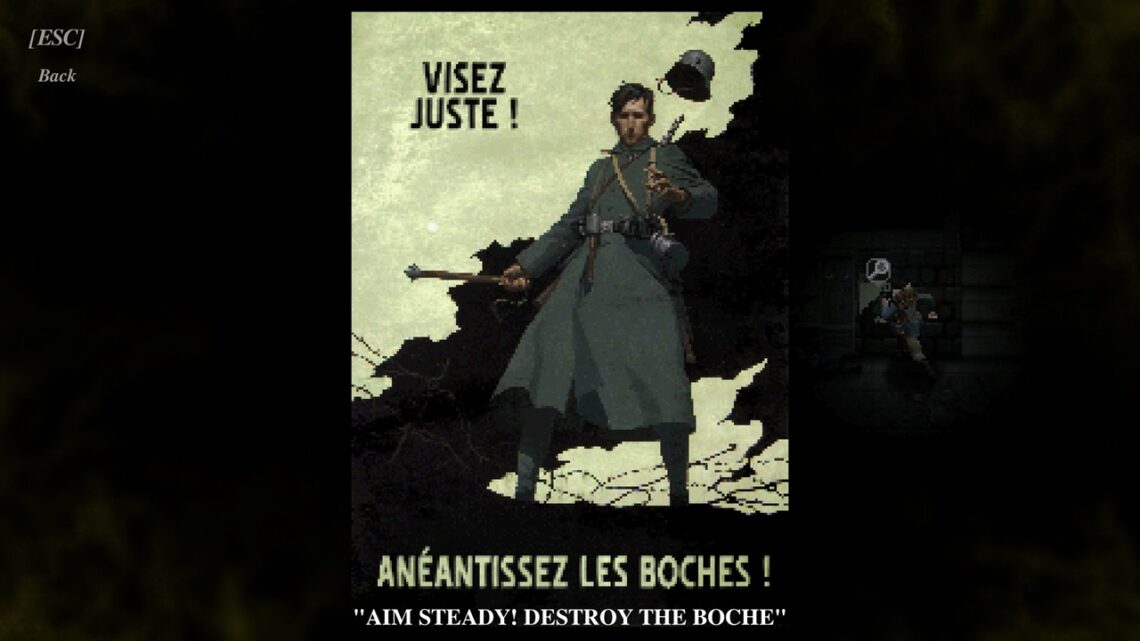
Although the sound is not Jordan Mochi’s strong point, what this independent developer has done is extremely impressive.
A lot of horror sound materials are “installed” appropriately right from the game menu, to the game segments, the cutscenes all maximize their value, helping to increase the “horror quality” of the game many times, but if you pay attention, you will easily realize that the use of sound and background music has a lot of “colors” of the old Resident Evil games.
Overall, if you really look closely, Conscript still has some minor limitations in both the plot, gameplay and visuals – sound when trying to “follow in the footsteps” of the somewhat outdated Resident Evil style, but as a game developed by only one person, you can completely ignore these problems and consider this almost a top game in the survival horror genre on the market today.
YOU WILL HATE
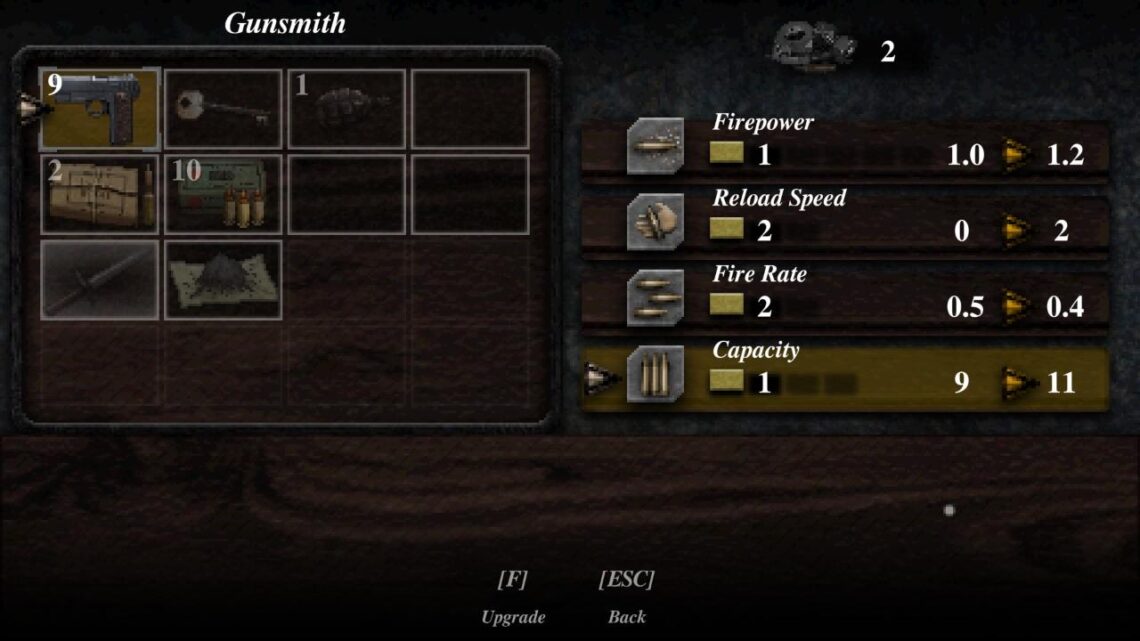
There is a slight “phase shift” in the second half of the game!
Although there are many ideas borrowed from the Resident Evil series that brought success to Conscript , the “salesman” is the factor that causes the phenomenon of “phase shift” towards the action game in the second half of the game, reducing somewhat the “horror quality” maintained throughout the first half of the game.
With Resident Evil 4, upgrading your guns will help you face increasingly stronger monsters or increasingly giant, difficult-to-kill bosses. For example, the “weak” gun provided by the government can be useful when dealing with the Ganado villagers at the beginning of the game, but will be almost “silent” when facing the Plaga that are everywhere in the castle in the second half of the game if you don’t upgrade them properly.
With Conscript, the historical setting during World War I does not allow Jordan Mochi to “pump up” the power of his opponents as much as the ability to create new monsters to balance the power like with the Resident Evil series .
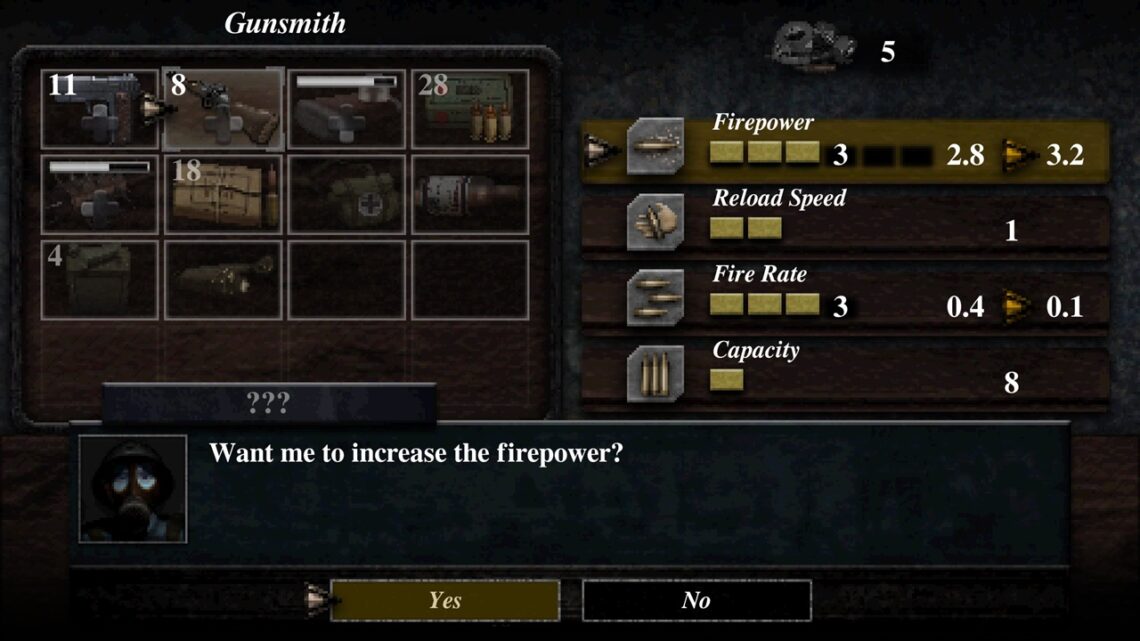
Although you will also encounter some opponents wearing armor that are “more durable” than regular soldiers, when the guns you carry are upgraded to maximum fire rate and power, you will feel the action becomes much “easier to breathe”.
As a result, you will feel that running around and shooting randomly becomes more feasible than having to “fight hand-to-hand” with enemies to save every bullet like in the early stages of the game, which leads to both the “horror” and “survival pressure” being reduced to a certain extent.
Overall, however, this doesn’t affect your experience too much or negatively impact the already excellent quality of the game.
Of course, there are many other trivial elements that are not really polished, but as the result of a single developer, Conscript deserves to be viewed with a more tolerant and comprehensive eye, so the author will not mention them here.
You’ll find running around and shooting all the time more feasible than having to wrestle with enemies hand-to-hand to save every bullet like in the early stages of the game.
